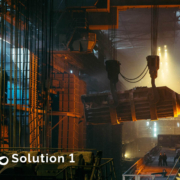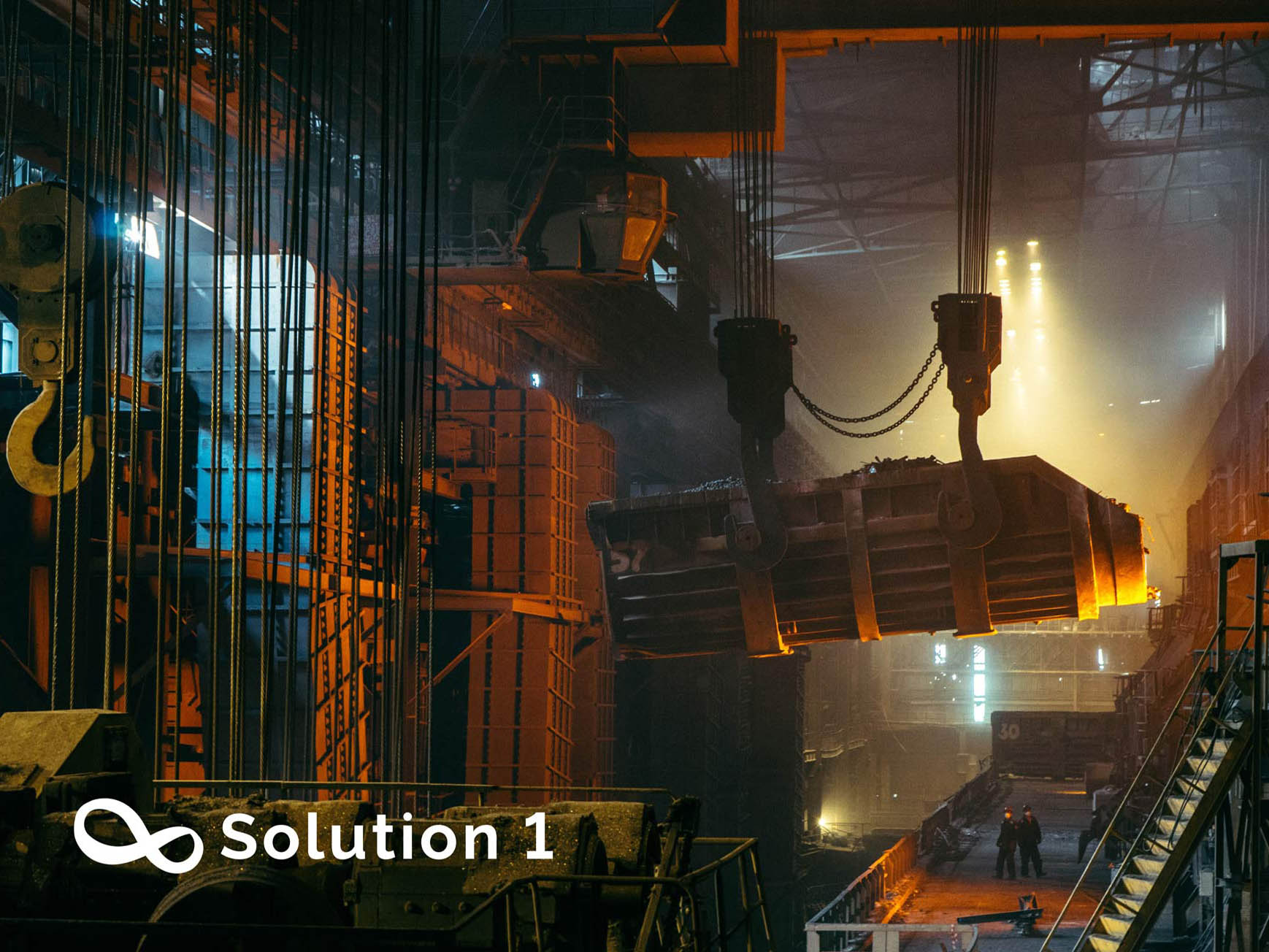Quality inspection gets a vision boost: How AI is improving product quality.
The emerging shift in human roles goes beyond allowing them to move away from repetitive tasks to undertake other physical activities. As non-human actors, including artificial intelligence, enabled ones, undertake tasks that can be automated, humans are not necessarily excluded but may well play a higher added value and steering role, bringing their cognitive capabilities into the AI loop.
This includes active synergies between AI-enabled non-human entities and humans, resulting in novel work configurations. Such configurations empower human actors in new roles rather than diminishing them. As a consequence, it is increasingly recognized that involving instead of replacing the human from the AI loop not only elevates the role of humans in such work environments but significantly enhances the machine learning process, and therefore the emergent capabilities of the AI-enabled actors.
Vision inspection systems play an essential role in collecting parameters describing the quality of product manufacture. This is due to the possibility of controlling many product parameters in one system based on product image analysis. At the same time, vision inspection systems make it possible to link parameters describing product quality with product serial numbers and technological parameters at which the product was made.
The collection of data relating to product quality and process parameters is sent directly to TQM systems and used to evaluate the process and react to changes in it. Such as the food industry is seeing the introduction of vision inspection systems at every stage of production. The reception of raw materials into production is currently carried out using sorting systems for materials classification.
With the development of neural networks, solutions using this method for fruit quality classification have appeared. All systems, regardless of the imaging method used or the image analysis algorithm employed, work within the TQM framework and ensure the quality of the raw material received for production. A similar development of vision technology has been observed in the woodworking industry. The first scientific papers and implementations discussed using 2D monochrome and color images for wood surface analysis and surface defect detection using classical image analysis algorithms. Subsequent studies extended the measurement methods to 3D solutions. These were used, among others, to study wood growth and assess the wood surface defects.
The next phase of developing vision systems in the industry saw implementations using machine learning methods. However, the most dynamic development of vision systems was observed in the automotive sector. It can be assumed that every newly designed production line and technological station is equipped with a set of vision inspection systems controlling the manufactured product and process parameters.
As the complexity of the product increases, the accuracy of inspection conducted by operators decreases. Similarly, in a study conducted by the Sandia National Labs, the accuracy of correctly rejecting precision manufactured parts by human operators was found to be 85% while the industry average was 80%. Another recent study concluded that operator errors accounted for 23% of the inaccuracies in quality control in the oil and gas industry. Over the years, computer vision-based systems have been incorporated into the inspection process of various products such as disk heads, steel strips, syringes, and semiconductors.





